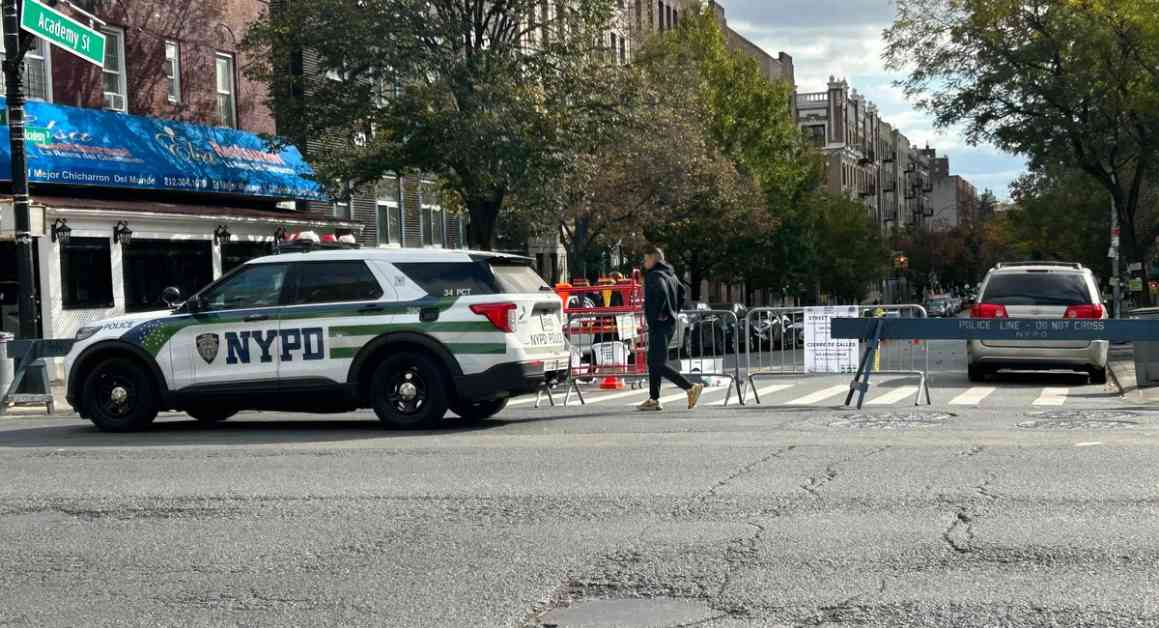Understanding the NYPD’s New Car Chase Rules: Important Information to Know
The New York Police Department (NYPD) made a significant update to its policy on vehicle pursuits, which has sparked discussions and reactions. Police Commissioner Jessica Tisch announced the new guidelines on Wednesday, aiming to provide clearer direction for officers when it comes to engaging in car chases. This change follows criticism of the old policy for being vague and potentially unsafe, leading to increased incidents of property damage and physical injury.
What You Need to Know
The previous policy allowed officers to decide in the moment whether a car chase was safe or not, a practice that was criticized for being ambiguous. However, the updated policy, which will be enforced starting on February 1, prohibits officers from pursuing individuals suspected of low-level offenses like traffic violations or nonviolent misdemeanors. Instead, officers will only be allowed to initiate pursuits for serious crimes, such as felonies and violent misdemeanors. This stricter approach aims to reduce the risks associated with car chases and prioritize public safety.
Reaction to the New Policy
The response to the new policy has been mixed, with police unions and street safety advocates expressing differing opinions. While the Police Benevolent Association praised the clarity provided by the updated guidelines, organizations like Open Plans have raised concerns about the potential impact of increased chases on pedestrian safety. Additionally, Chief of Department John Chell, who previously supported the old policy, acknowledged the importance of striking a balance between pursuing criminals and ensuring the safety of both officers and the public.
As the NYPD implements these changes, it is crucial for officers to adhere to the new guidelines and prioritize the safety of all individuals involved in car chases. By promoting transparency and accountability, the department aims to reduce the number of pursuits that lead to property damage and injuries, ultimately creating a safer environment for both law enforcement and the community at large.












